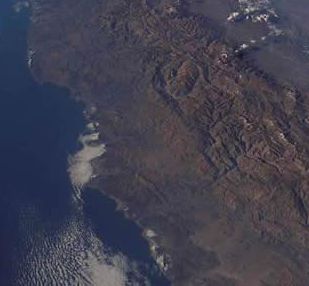This photo, taken from space, shows the Southeast Pacific Ocean on the left, with patches of stratocumulus clouds along the coast of South American. Moving to the right (east) one can see the low lying coastal Atacama Desert and the Andes Mountain Range.
Click on image for full size
Image Courtesy of NASA
What are VOCALS' scientific questions?
Scientists in the VOCALS program seek to better understand the climate in the Southeast Pacific Ocean region and the global climate system. They wonder how changes in the oceans impact the lower atmosphere and the clouds that are found there. They also want to understand how the clouds affect the ocean itself.
Scientific questions can be answered by doing experiments in the field as well as in the laboratory. The VOCALS scientists want to test: (1) how precipitation affects the kinds and amounts of stratus clouds over the southeast Pacific Ocean, (2) how aerosol pollution affects the formation of stratus clouds and the drizzle they produce, and (3) how the ocean, atmosphere, and land interact with each other in the Southeast Pacific Region.
In addition, the scientists wish to find out how accurate satellite
observations are of the region. They compare satellite data collected miles above Earth with measurements made by instruments on ships, on airplanes, and on land. This will help them to learn how well their models represent the weather and climate in the region. This is very important to understanding what role the Southeast Pacific plays in the larger global climate system.
You might also be interested in:
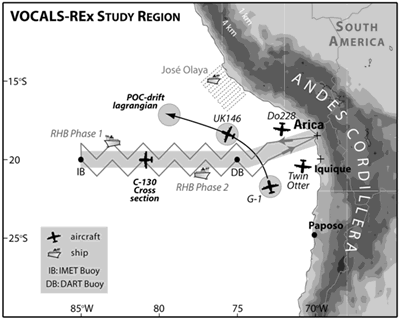
Scientists must work very hard to understand the data collected in field campaigns like VOCALS. They must review and study it to determine what has been learned. Many model runs will be made and analyzed.
...more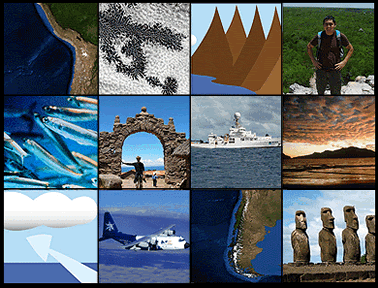
What if you wanted to learn more about the climate of a very large area of the world? What would be involved in studying how the oceans, land, and atmosphere interact? You would need to have a team of
...more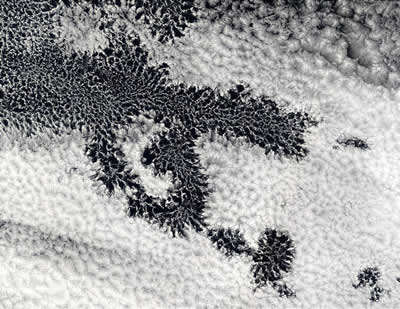
Scientists use lots of data from satellites in the VOCALS field campaign. They also gather data from instruments on ships and on airplanes. When they combine data from satellites, ships, and aircraft,
...more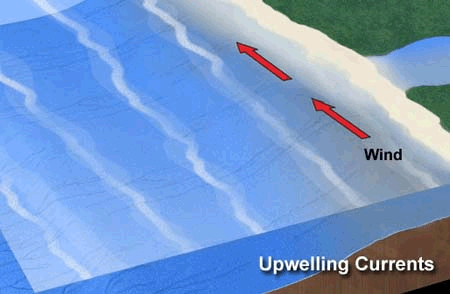
There are many connections between the ocean and the atmosphere in the Southeast Pacific Ocean. Strong winds blow north along the coast of South America. These winds stir up the ocean. That brings cold
...more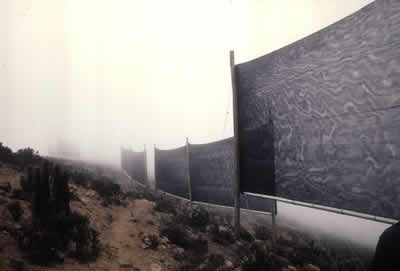
The Atacama Desert is one of the driest places on Earth. The lack of water makes life hard, yet more than a million people live there. One place where people get the water they need to survive is from
...more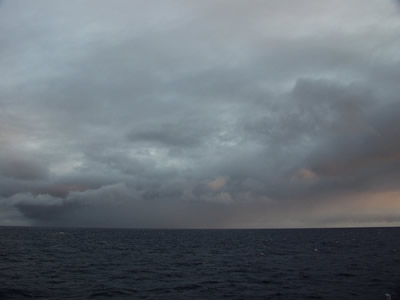
The Southeast Pacific region contains the world's most extensive sheet of stratocumulus clouds. These clouds extend for almost 2,000 kilometers (1,243 miles) off the west coast of South America from central
...more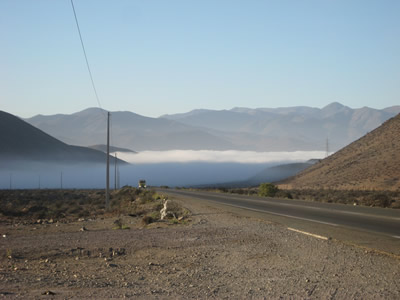
The weather in the Southeast Pacific region can be considered extreme, in the sense that it receives very little rainfall and is extremely dry. For example, some places in the Atacama Desert in Chile receive
...more


